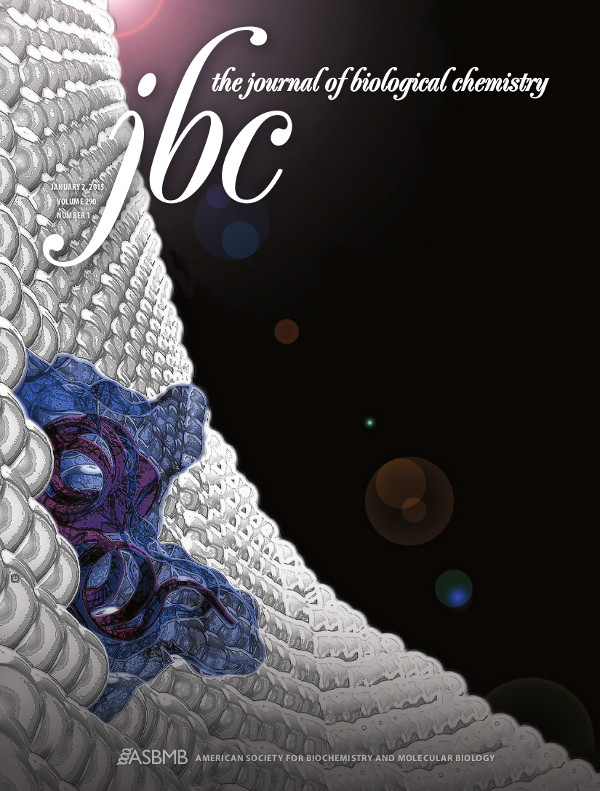The Influenza Hemagglutinin Fusion Domain is an Amphipathic Helical-Hairpin that Functions by Inducing Membrane Curvature
 The highly conserved N-terminal 23 residues of the
hemagglutinin glycoprotein, known as the fusion peptide domain
(HAfp23), is vital to the membrane fusion and infection mechanism of
the influenza virus. HAfp23 has a helical hairpin structure consisting
of two tightly packed amphiphilic helices that rest on the membrane
surface. We demonstrate that HAfp23 is a new class of amphipathic
helix that functions by leveraging the negative curvature induced by
two tightly packed helices on membranes. The helical hairpin structure
has an inverted wedge shape characteristic of negative curvature
lipids, with a bulky hydrophobic region and a relatively small
hydrophilic head region. The F3G mutation reduces this inverted wedge
shape by reducing the volume of its hydrophobic base. We show that
despite maintaining identical backbone structures and dynamics as the
wild type HAfp23, the F3G mutant has an attenuated fusion activity
that is correlated to its reduced ability to induce negative membrane
curvature. The inverted wedge shape of HAfp23 is likely to play a
crucial role in the initial stages of membrane fusion by stabilizing
negative curvature in the fusion stalk.
The highly conserved N-terminal 23 residues of the
hemagglutinin glycoprotein, known as the fusion peptide domain
(HAfp23), is vital to the membrane fusion and infection mechanism of
the influenza virus. HAfp23 has a helical hairpin structure consisting
of two tightly packed amphiphilic helices that rest on the membrane
surface. We demonstrate that HAfp23 is a new class of amphipathic
helix that functions by leveraging the negative curvature induced by
two tightly packed helices on membranes. The helical hairpin structure
has an inverted wedge shape characteristic of negative curvature
lipids, with a bulky hydrophobic region and a relatively small
hydrophilic head region. The F3G mutation reduces this inverted wedge
shape by reducing the volume of its hydrophobic base. We show that
despite maintaining identical backbone structures and dynamics as the
wild type HAfp23, the F3G mutant has an attenuated fusion activity
that is correlated to its reduced ability to induce negative membrane
curvature. The inverted wedge shape of HAfp23 is likely to play a
crucial role in the initial stages of membrane fusion by stabilizing
negative curvature in the fusion stalk.